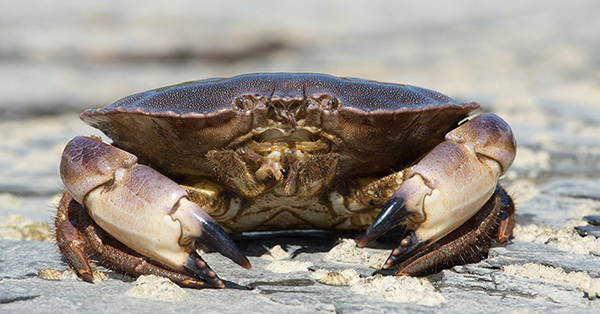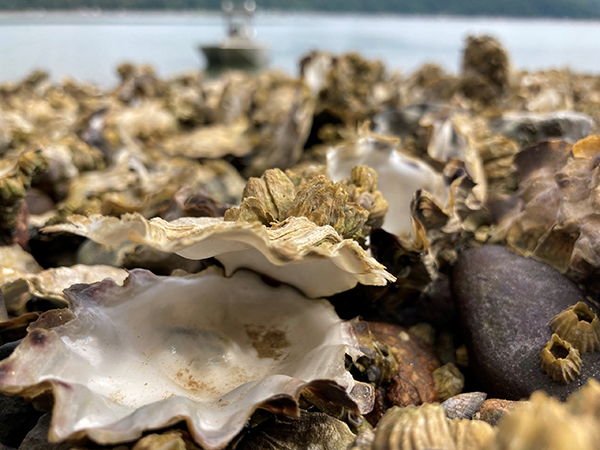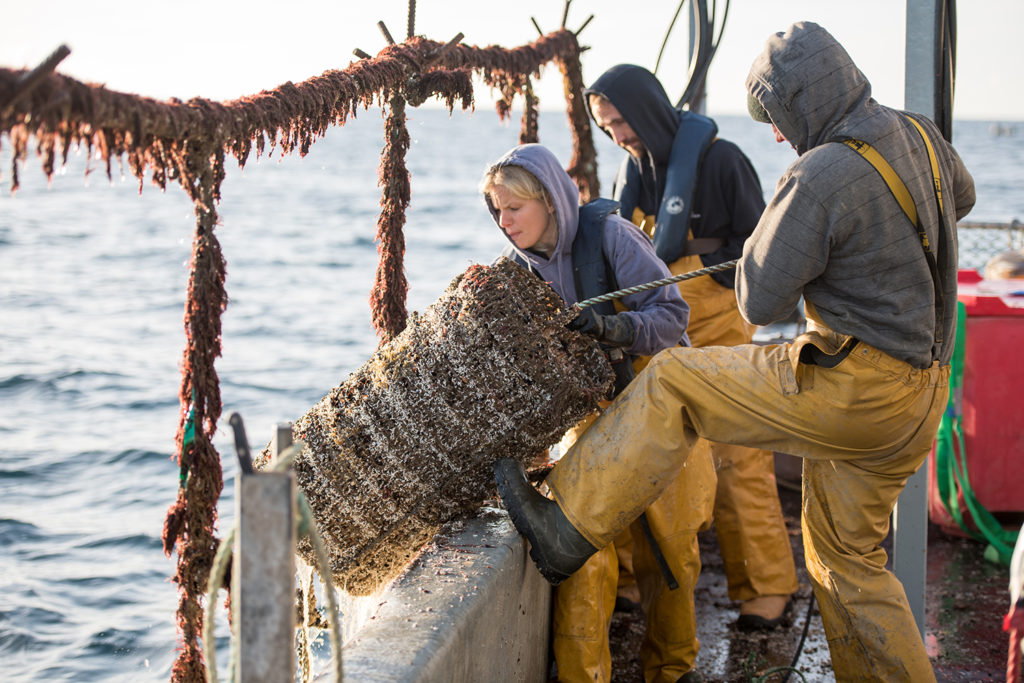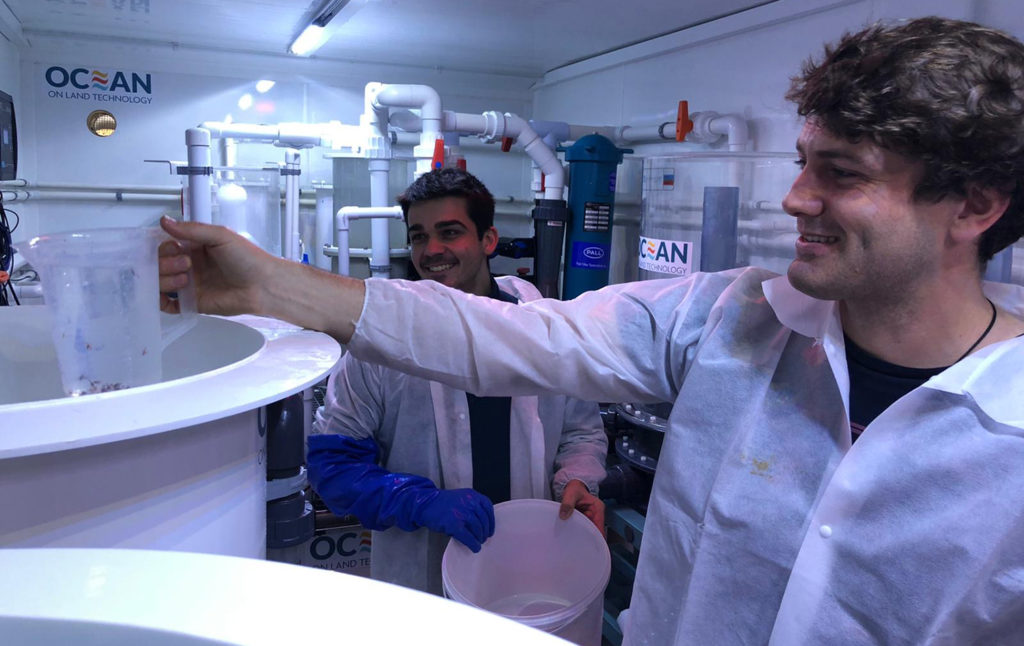Pyridine quickly travels the coastline and can kill off roughly 50 percent of the crab population in 24 hours

Newcastle University researchers have identified the chemical responsible for the crab and lobster mass mortalities on the Northeast and North Yorkshire coasts in the United Kingdom.
A series of mass mortalities of crabs and lobsters were recorded along the Northeast and North Yorkshire coasts during the autumn and winter of 2021. The cause of the die-offs was unknown, with suggestions ranging from toxic algae bloom to the release of poisons from intensive dredging of the Tees estuary.
Early research in the lab revealed high levels of pyridine – a chemical with a long history of release into the River Tees – in the tissues of the dead crabs. However, there were no data on whether pyridine is toxic to crabs. The Fishmongers’ Company commissioned Newcastle University to undertake research to fill this knowledge gap.
In this research, edible crabs (Cancer pagurus) were exposed to a range of pyridine solutions, while their behavior, indicators of cellular stress and survival over periods of up to three days were recorded. At the upper range of tested concentration which was comfortably within the pyridine levels found in the dead crabs, pyridine caused convulsive behaviors, paralysis and death within six hours. The onset of paralysis took longer as the pyridine concentrations were lowered, but mortalities remained high even at lower concentrations.
“Our research has shown that there is no doubt that pyridine is highly toxic to crabs,” said Dr. Gary Caldwell, Senior Lecturer in Applied Marine Biology. “The levels of pyridine we tested were below the levels recorded by the Environment Agency from the bodies of the dead crabs, and yet we saw it caused death in the edible crabs.”
The next step was to explain the scale of the deaths over such a large stretch of the coastline. To evaluate the scale of the deaths, Dr. Miguel-Angel Morales, a physical oceanographer in the School of Natural and Environmental Sciences at Newcastle University, combined the toxicity data with computer simulations of the North Sea currents and tides during and after the autumn dredging activity.
The modeling showed that pyridine would be quickly transported along the coastline, with areas around Hartlepool and Redcar worst affected, with the potential to kill approximately half of the crab population after only 24 hours of exposure. Levels of pyridine sufficient to kill approximately 10 percent of the population within three days were predicted to reach as far south as Whitby and Robin Hood’s Bay. The timeline of the transport of pyridine along the coast closely matched the timeline of mortalities reported by the fishing community and the general public.
With the experiment and analysis complete, the next step is to publish the findings in an academic journal.
Follow the Advocate on Twitter @GSA_Advocate
Now that you've reached the end of the article ...
… please consider supporting GSA’s mission to advance responsible seafood practices through education, advocacy and third-party assurances. The Advocate aims to document the evolution of responsible seafood practices and share the expansive knowledge of our vast network of contributors.
By becoming a Global Seafood Alliance member, you’re ensuring that all of the pre-competitive work we do through member benefits, resources and events can continue. Individual membership costs just $50 a year.
Not a GSA member? Join us.
Author
Related Posts

Responsibility
2021 heat wave created ‘perfect storm’ for shellfish die-off
Researchers have produced the first comprehensive report detailing the impacts of the 2021 Pacific Northwest heat wave on shellfish.

Responsibility
Can a new larval rearing vessel improve UK lobster stocks?
A new type of larval rearing vessel could help improve lobster survival in the hatchery and help support lobster stocks.

Innovation & Investment
UK lobster-farming project breaks new ground
A project to grow lobsters in the open sea is giving researchers hope that the technology behind stock enhancement could be improved and that lobster farming could provide new prospects for diversification and employment.

Innovation & Investment
Orkney Shellfish Hatchery has the hardware for shellfish restoration
The Orkney Shellfish Hatchery aims to aid the restoration of iconic U.K. fisheries – native flat oysters, clawed lobsters and their coastal communities.



